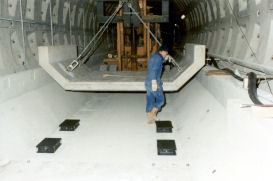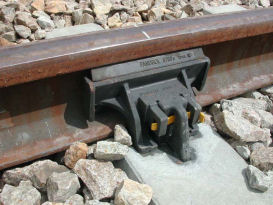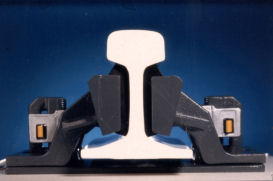Software that will be a valuable resource for railway engineers responsible for the design of vibration countermeasures in railway tunnels has been developed here in the Department by Dr. Mohammed Hussein, Dr. Hugh Hunt and Dr. James Forrest.



The software, called the Pipe-in-Pipe model (PiP), is a state-of-the-art application with a user-friendly interface combining accuracy and computational efficiency. It is available on the Internet as freeware.
Underground railways offer a cost-effective solution to traffic congestion in most cities, but vibration generated by trains is a concern to those living and working near railway tunnels. This vibration propagates from the wheel–rail interface through the tunnel wall and surrounding soil into nearby buildings. Firstly vibration can affect those living nearby directly when passing trains cause floors and walls to shake. Secondly, vibration can cause problems indirectly as reradiated noise. A third and very significant source of disturbance is due to movement of household objects, for example mirrors and windowpanes. These all have the potential to cause serious damage to buildings and distress to their occupants. These issues are of increasing concern to residents with the introduction of new underground lines in urban areas and a growing public sensitivity to noise and vibration. These factors have given rise to increasingly stringent legislation.
There are several techniques available to reduce vibration in buildings. Generally these involve some combination of resilient materials such as rubber, and massive sleepers or track beds. Some well-known techniques involve the use of rail pads, under-sleeper pads, ballast mats and floating slab track. Popular proprietary techniques include the Cologne Egg and Pandrol’s Vanguard system. The right choice of vibration countermeasure and its specification is crucial because of the high financial cost and the difficulty of retrospective replacement.
Design engineers have become accustomed to designing vibration countermeasures using over-simplified models, with perhaps only one or two degrees of freedom. This is because of the substantial computational power required of the alternative models such as the Finite Element Method and the Boundary Element Method. The PiP model offers a high degree of accuracy by accounting for the essential characteristics of the track, tunnel and the ground while preserving low computational demands through the use of semi-analytical solutions of the elastic continuum in cylindrical coordinates.

